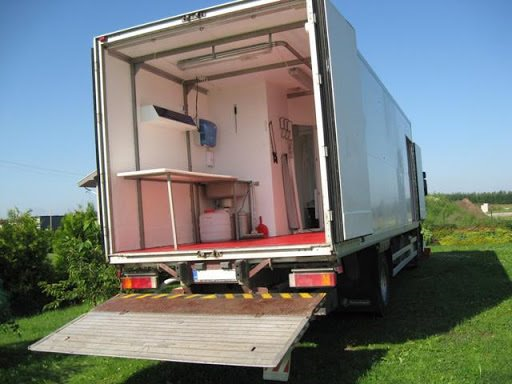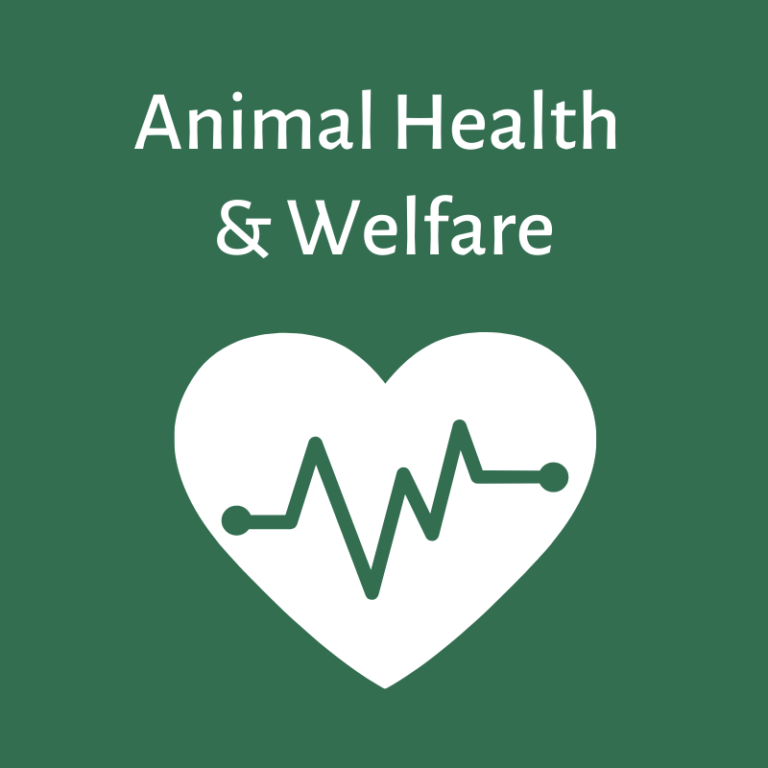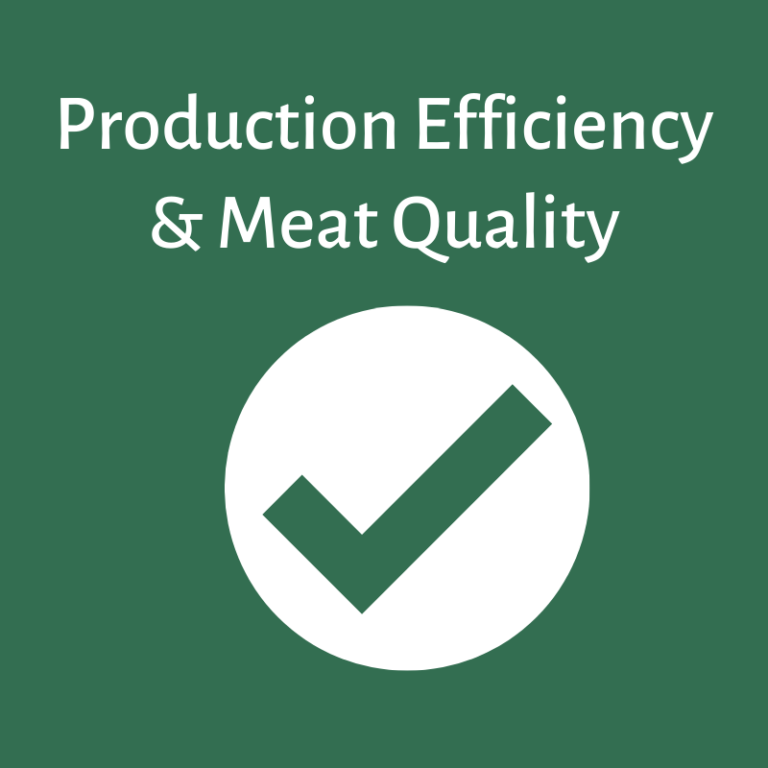On-farm slaughterhouses and mobile slaughterhouses allow the animal to be slaughtered on the farm that owns the structure, in the neighbour close to the base of the herd with the infrastructure, or even in the pasture using a mobile structure as shown in the picture. This would exempt the need to transport the animals to the slaughterhouse which sometimes imply many kilometres and is often a source of stress for the animal with can further affect meat quality.
A mobile abattoir usually allows to slaughter 5-10 animal per day on the farm, and therefore enable small farms to market their products locally. A Swedish study showed that backing and violent behaviours of cattle when moving them into the stun box are less frequent at the mobile than at the stationary slaughter plant studied (Hultgren et al., 2020). In Norway, a study with lambs showed less animal stress indicated by serum cortisol, blood glucose, vocalizations and aggressive behaviour; and improved meat quality in terms of pH and shear force, in a mobile abattoir compared to a conventional slaughterhouse (Eriksen et al., 2013).
 Imagen provided by Polish Beef Association (PBA)
Imagen provided by Polish Beef Association (PBA)
In this way, the method, if conducted adequately, supports animal welfare in terms of optimizing the herd's slaughter plan. Mobile slaughterhouses can meet all sanitary requirements since the veterinarian inspection are regulated at the national level, thus offering and support direct sales in terms of farm to fork strategy. And because the farmers don't need to transport animals to regular slaughterhouses they don’t pay for those services, pay just for work of slaughter, skinning and evisceration that is carried out by the personal of the mobile unit, however, the distance to the farm influence the amount to pay.
Although animal transport on road is largely avoided in mobile slaughter, the short walk from the housing facilities to the point of stunning may still be detrimental to animal welfare, if driveways are not adequately designed and stockpersons are not sufficiently trained.
Due to the benefits of the on-farm slaughterhouse, some farmers in Poland adopted this methodology. The main benefits were no need for transportation, reduction of animal stress, and to implement a farm to fork strategy. The main challenges in the implementation process were to fulfil all regulations regarding sanitary aspects. The cooperation between experts and the farmer in the development process was one of the key aspects related to the success of this innovation.Impact on:
 | Direct sale, no transport costs, neither services to slaughterhouses. Farmers receive directly the price of the end product. |
 | Less stress-related to mixing unfamiliar animals and long transports to the abattoir. An adequate management and equipment is needed to avoid animal welfare issues. |
 | Reduction in carcasses injuries and improved meat quality due to the reduction in animal stress (less DFD meat). Sanitary aspects needs to be ensured. |
 | Less emissions derived for transports (animal and products), especially if products are commercialized nearby. |
Authors: Marcin Adamczyk, Jakeline Vieira Romero, Virginia C. Resconi.
Source of information:
- Eriksen et al. (2013). Mobile abattoir versus conventional slaughterhouse – Impact on stress parameters and meat quality characteristics in Norwegian lambs. Applied Animal Behaviour Science. 149: 21-29.
- Hultgren et al. (2020). Mobile abattoir versus conventional slaughterhouse—Impact on stress parameters and meat quality characteristics in Norwegian lambs. Preventive Veterinary Medicine 177: 104959
Contact for further information:
Marcin Adamczyk (marcin.adamczyk@pzpbm.pl)